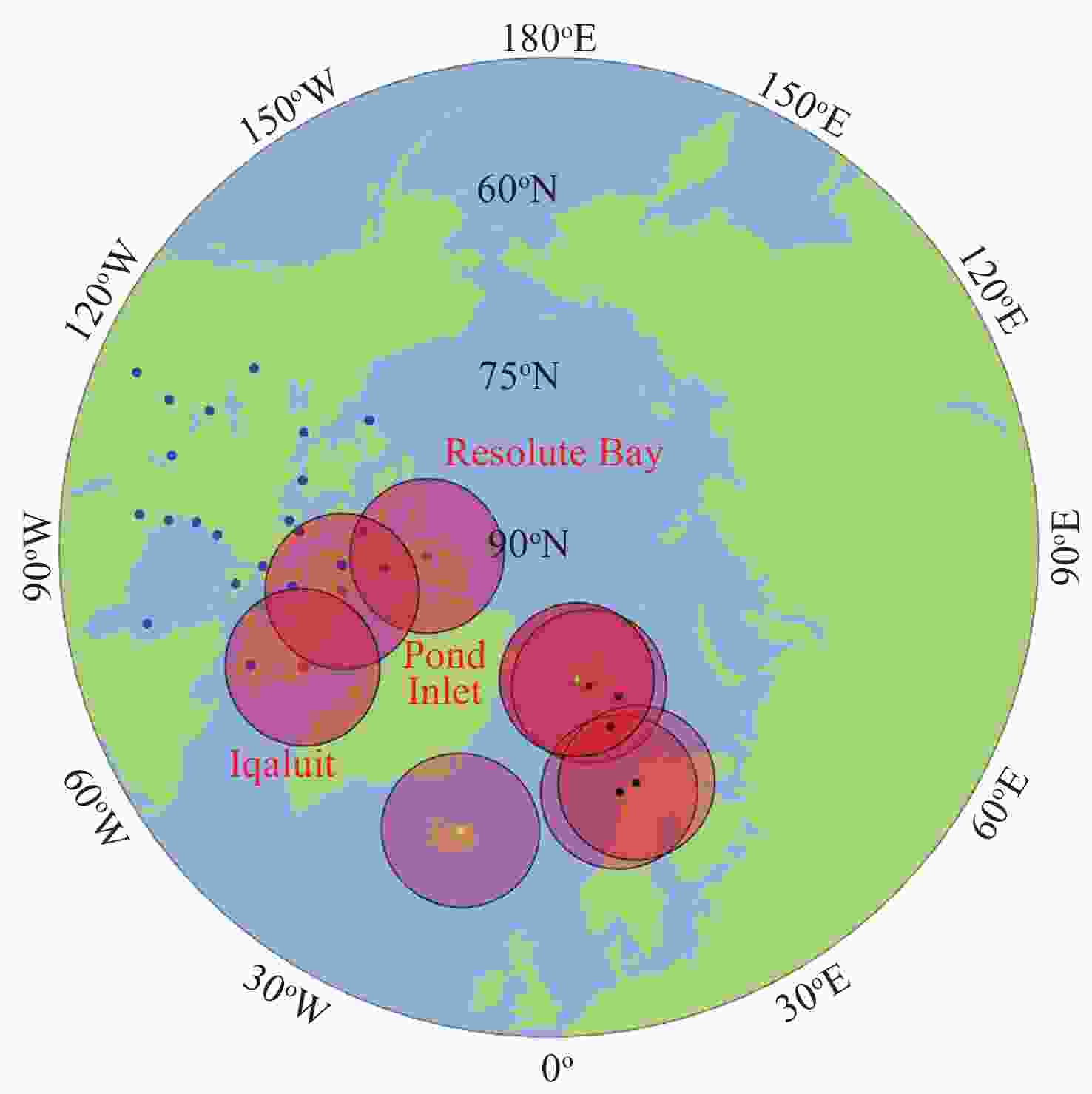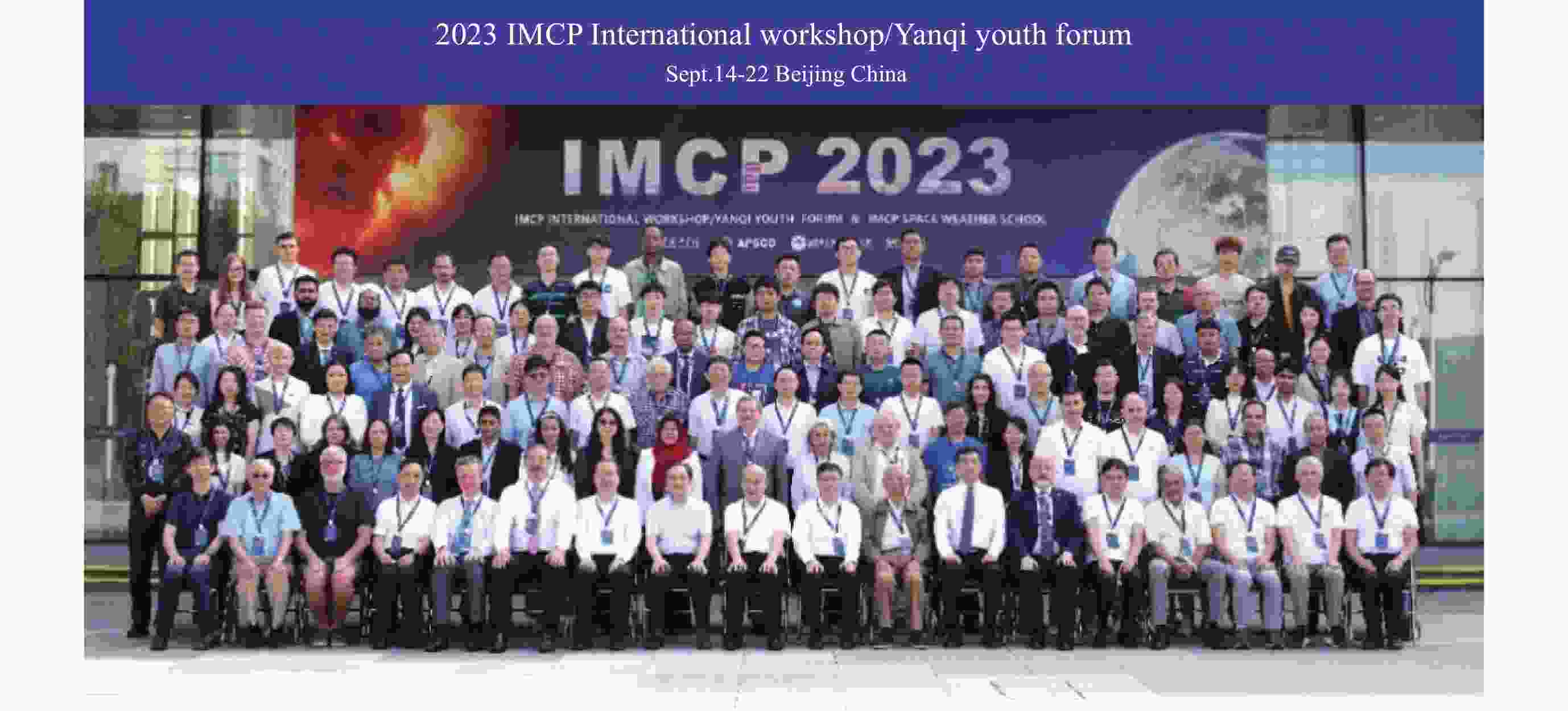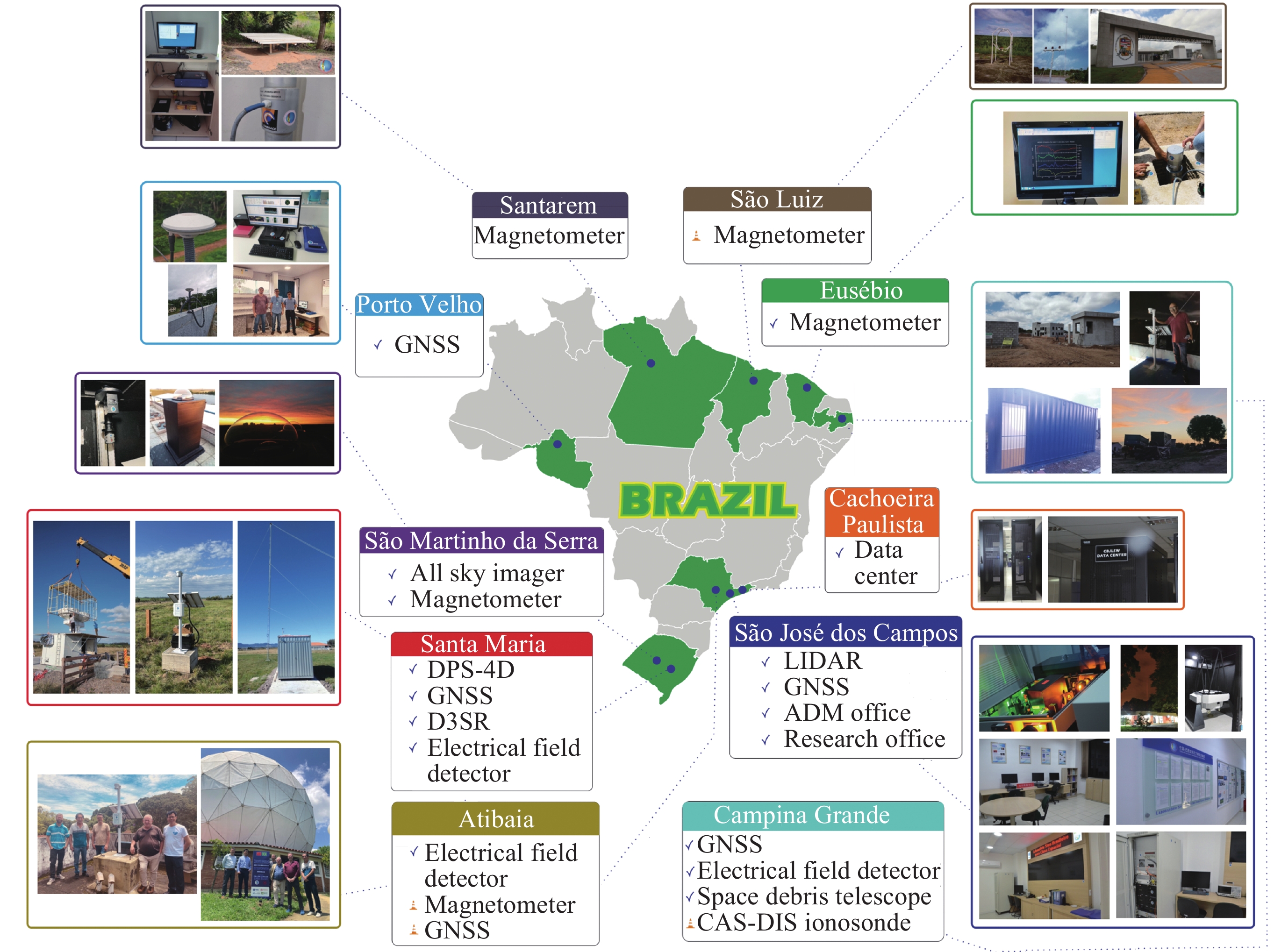Progress of International Meridian Circle Program
doi: 10.11728/cjss2024.04.2024-yg24 cstr: 32142.14.cjss2024.04.2024-yg24
-
Abstract: In 2024, the Chinese Meridian Project (CMP) completed its construction, deploying 282 instruments across 31 stations. This achievement not only provides a robust foundation but also serves as a reference template for the International Meridian Circle Program (IMCP). The IMCP aims to integrate and establish a comprehensive network of ground-based monitoring stations designed to track the propagation of space weather events from the Sun to Earth. Additionally, it monitors various disturbances generated within the Earth system that impact geospace. Over the past two years, significant progress has been made on the IMCP. In particular, the second phase of construction for the China-Brazil Joint Laboratory for Space Weather has been completed, and the North Pole and Southeast Asia networks are under active construction. The 2024 IMCP joint observation campaign was successfully conducted. To facilitate these developments, the scientific program committee of IMCP was established, following the success of 2023 IMCP workshop and the space weather school, which was co-hosted with the Asia-Pacific Space Cooperation Organization (APSCO) and sponsored by Chinese Academy of Sciences (CAS) and Scientific Committee on Solar-Terrestrial Physics (SCOSTEP). Preparations are now underway for the 2024 workshop in collaboration with the National Institute for Space Research (INPE) in Brazil.
-
[1] BLANC M, BOUNHIR A, DONOVAN E, et al. Science Objectives and Observation System for the International Meridian Circle[R]. Beijing: Taikong ISSI-BJ Magazine, 2020 [2] LIU W, WANG C, SHEN X H, et al. International meridian circle program[J]. Chinese Journal of Space Science, 2020, 40(5): 723-725 doi: 10.11728/cjss2020.05.723 [3] LIU W, BLANC M, WANG C, et al. Scientific challenges and instrumentation for the International Meridian Circle Program[J]. Science China Earth Sciences, 2021, 64(12): 2090-2097 doi: 10.1007/s11430-021-9841-8 [4] LIU W, MICHEL B, WANG C, et al. Progress of international meridian circle program[J]. Chinese Journal of Space Science, 2022, 42(4): 584-587 doi: 10.11728/cjss2022.04.yg10 [5] WANG C. New chains of space weather monitoring stations in China[J]. Space Weather, 2010, 8(8): S08001 doi: 10.1029/2010SW000603 [6] WANG C, XU J Y, LIU L B, et al. Contribution of the Chinese Meridian Project to space environment research: highlights and perspectives[J]. Science China Earth Sciences, 2023, 66(7): 1423-1438 doi: 10.1007/s11430-022-1043-3 [7] SUN W J, WU B Y, WU Z, et al. IONISE: an ionospheric observational network for irregularity and scintillation in East and Southeast Asia[J]. Journal of Geophysical Research: Space Physics, 2020, 125(8): e2020JA028055 doi: 10.1029/2020JA028055 [8] SUN W J, LI G Z, ZHANG S R, et al. Regional ionospheric super bubble induced by significant upward plasma drift during the 1 December 2023 geomagnetic storm[J]. Journal of Geophysical Research: Space Physics, 2024, 129(6): e2024JA032430 doi: 10.1029/2024ja032430 -
-






 下载:
下载:





